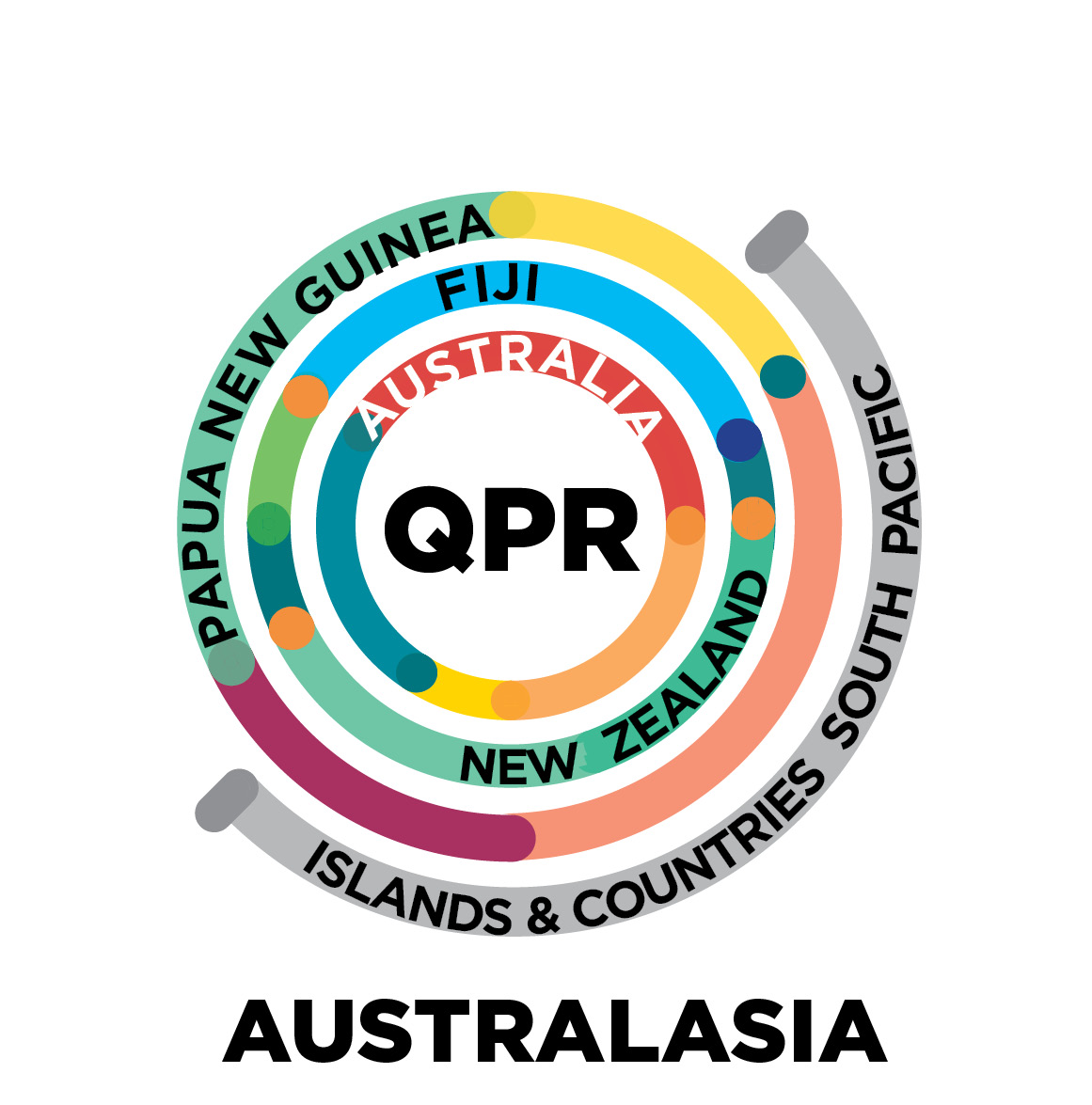
QPR for Crisis Volunteers and Students
The world has moved online, and so have suicidal people. You can be there for them. With more text messages sent than phone calls made, and online counseling shown to be safe and effective, learn how to detect, assess and immediately intervene to reduce the risk of a suicide attempt or completion. Two certificates are earned in this training program including QPR for Crisis Workers Certificate. Includes basic QPR Training and how to use the intervention in a text-only interactions. Training focus: Knowledge and skill sets for text and IM communications, but suitable for anyone working with suicidal people by telephone, Skype, or face-to-face. This training program includes three registered best practice training programs as listed in the American Foundation for Suicide Prevention (AFSP) and Suicide Prevention Resource Center (SPRC) best practice registry: QPR Gatekeeper Training for Suicide Prevention, Counseling on Access to Lethal Means (CALM), and key modules from the QPRT Suicide Risk Assessment and Risk Management Training program.
$116.00
Why now?
In some recent studies published in the NOVA Science Internet and Suicide (2009), several authors note:
- Internet behavioural interventions appear safe and effective
- A greater percentage of contacts by email voluntarily report suicidality compared telephone callers
- A high degree of self-disclosure appears common
- Many of those seeking text-only communications appear to need the extra confidentiality of Web based interactions
- Hearing-impaired and speech-impaired helpers – and those in distress – find text-only communications highly useful
- Persons in remote areas where no mental health services are available can benefit from online assistance
- Young people whose telephone calls may be monitored by malevolent parents can get help online and when other avenues are blocked
- Gender identity issues, even gender, and all other areas of bias and racial prejudice can be disclosed (or not) in cyberspace
- For those who lack trust, or fear the loss of face, or need to feel they are still in control of at least some of their life, find the internet a safe place to venture out for help
- Contact can be asynchronous (email) or synchronous (IM)
- 24/7 emergency access is possible
- There is no need to wait for an appointment
- Petrol and transportation is expensive, bandwidth is cheap
- Agoraphobics, persons with mobility challenges, chronic disease or who are bed ridden can still get to a keyboard and a computer
- Many clients prefer e-counselling
- Underserved rural areas can be prioritised
- Schedules can be flexible
On the downside:
- There are no verbal clues, or behavioral clues to match words with expressed emotion
- Addiction to internet use – including contact with helpers – is not unheard of and may present problems similar to those encountered with so-called “frequent callers.”
- Security breaches of interactions may occur
The seriously mentally ill may not be appropriate candidates for online interventions - The person must be able to text and navigate the Web
- Fluency in the use of the written word is necessary and not much researched
Bottom line: Those of us who care about suicidal people need to meet and help them where they are; in cyberspace.
Solution
According to Dr. Keith Harris of the University of Queensland, the problem of “suicide surfers” is global. Currently, multiple authors in the new Nova Science book, Internet and Suicide conclude that the Internet serves as a major information resource for suicidal people. Again, Dr. Harris, “Better online support services for suicidal people are more important than shutting down websites showing ways to die.”
Problem
- Studies show more text messages are sent than phone calls made
- Suicidal people are texting their desire, intent and plans to die to others
- Of our highest risk group, 90% of men use the internet to find health information
- Only via web-based communications can confidentiality be fully protected
Why it will work
When people are in a suicidal crisis they need help NOW! For online suicide crisis intervention to be effective it must be accessible, available 24/7, affordable at no or low cost, and anonymous. Convenience and privacy cannot be overemphasized for high risk groups, including males, youth, LGBT folks, and others. Helpers responding to those at-risk and untreated who cannot or will not access traditional services must be well trained. That is our aim!
Why this training program?
Sigmund Freud once said, “By words alone one person can make another person blissfully happy or drive him to despair.” In this unique course you will learn to use the power of the written word to save lives. The arc of human communications has been forever changed by the Internet, and this training program was created specifically to help suicidal people seeking assistance in cyberspace.
Modularized in a rich mix of text, video, voice-over PowerPoint™ lectures, interactive practice sessions, and other state-of-the-art interactive and e-learning technologies, by the end of your training experience you will have met or exceeded the educational standards currently in place for clinical psychologists, psychiatrists, and clinical social workers in terms of knowledge competencies in this area of practice.
Prerequisites include text messaging and web navigation skills. The course is SCORM compliant and approved for continuing education.
Core competencies taught
The suicide crisis intervention and risk assessment competencies taught in this course are derived from nationally defined standards and recommendations as published by the American Association of Suicidology and the National Suicide Prevention Lifeline. Further, these competencies are framed within the 2009 Practice Guidelines: Core Elements in Responding to Mental Health Crises as published by the U.S. Health and Human Services Substance Abuse and Mental Health Services Administration.
Note:
This course is not a comprehensive or substitute training program in counselor education, but rather a value-added skill set for those serving persons at-risk for suicidal behaviors. Also, this training program focuses almost entirely on suicide crisis intervention and strategies for risk reduction and risk management. It is not a general crisis intervention course which would typically include the following subjects: crisis theory, components of a crisis, general crisis intervention principles and approaches, crisis counseling, mental health diagnostics, or involuntary treatment laws in your state, province or country. Rather, this is a highly condensed training for the detection, assessment, and short term management of acute suicidal crises.
The key knowledge competencies taught to all participants to earn a Certificate of Course Completion are listed below.
- Describe the size and scope of the problem of suicide nationally
- Immediately reduce the acute distress, despair, and hopelessness of suicidal people through an empathic, understanding screening and assessment interview in which protective factors can be brought into play to create a safety and referral plan to reduce the risk of a suicide attempt
- Recognize someone at risk for suicide
- Demonstrate increased knowledge of intervention skills
- Describe knowledge of referral resources and how to refer someone to help
- Understand the common myths and facts surrounding suicidal behavior
- Recognize and identify at least three suicide warning signs
- Describe the relationship of untreated clinical depression and other mental illnesses and substance abuse to increased suicide risk
- Understand means restriction and how to immediately reduce risk
- Recognize and identify three risk factors for suicide
- Recognize and identify three protective factors against suicide
- Demonstrate how to ask about potential suicidal intent (in role-play)
- Demonstrate how to listen and persuade someone to get help (in role-play)
- Demonstrate how to make a referral for professional assistance (in optional downloadable role-play)
- Explain why reducing access to lethal means is an effective way of saving lives
- Describe the role of impulsivity, ambivalence, and differing lethality of methods in contributing to suicide deaths and attempts
- Describe how counseling on access to lethal means fits into suicide prevention counseling
- Ask suicidal people about their access to lethal means and work to reduce access
- Understands the ethical principles for online crisis and counseling
- Understands suicidal behavior, terms, statistics, phenomenology
- Understands common myths and misconceptions about suicide
- Understands suicidal desire and its sources
- Understands suicidal capability (attempt history, intoxication, etc.)
- Understands suicidal intent (attempt in progress, lethal planning, etc.)
- Understands the relationship of suicide to violence toward others
- Understands suicide buffers (social supports, ambivalence, etc.)
- Demonstrates knowledge of suicide risk and protective factors
- Understands the relationship psychiatric illness to suicide
- Identifies high risk groups, especially in cyberspace
- Understands involuntary treatment laws/need to rescue
- Interview potentially suicidal people and determine immediate risk of a suicide attempt
- Reduce the risk of a suicide attempt through a collaborative crisis and safety planning process
- Know what to say, what questions to ask, what the answers to your questions mean, and how these answers will determine what needs to be done to prevent a suicide attempt
- Estimate the level of acute suicide risk using a "best practice" methodology used by thousands of mental health professionals
- Understand common terms and communicate effectively about suicide risk with other professionals
- Document precise and accurate suicide risk information in a concise and competent manner
The Certificate of Course Completion means that the learner completed all modules and successfully passed all required quizzes, exams, and practice challenges, thus demonstrating having mastered the knowledge competencies listed above. This includes earning the basic QPR Gatekeeper Training for Suicide Prevention certificate.




